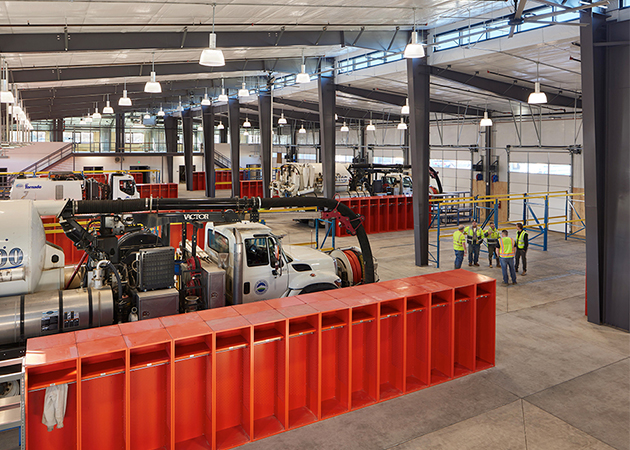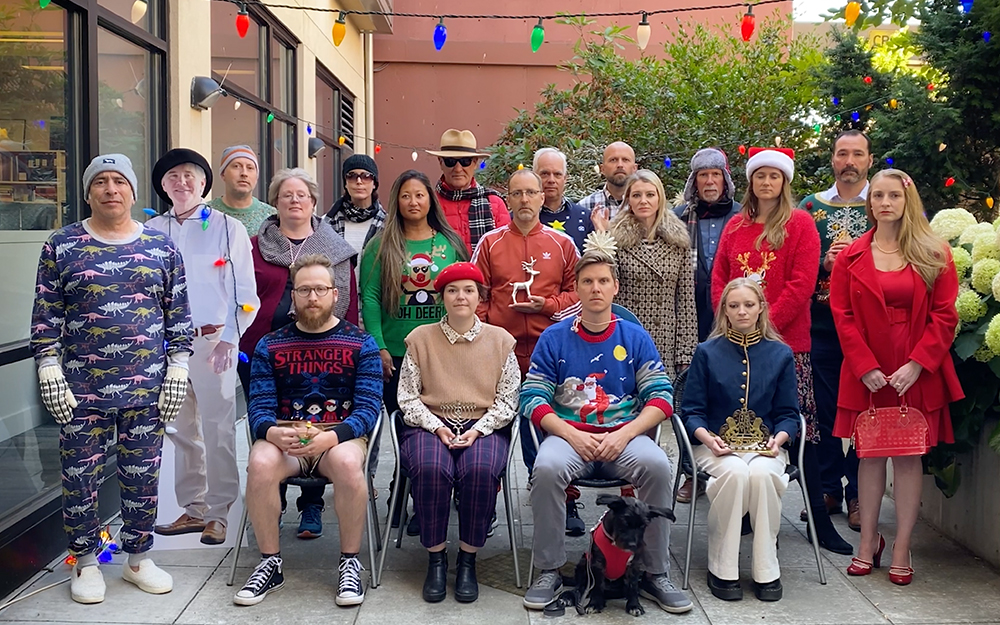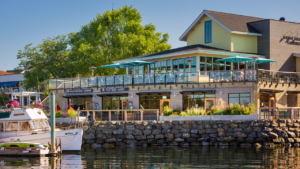 When we approach our projects, we consider culture, history, climate, geography, topography, and the variety of ways people will experience these spaces once they are complete. Our project for the Port of Friday Harbor, Spring Street Landing is a wonderful example of how building design adapts to place, rather than the other way around. The project was the recipient of the AIA Northwest Washington Honor Award in 2021.
When we approach our projects, we consider culture, history, climate, geography, topography, and the variety of ways people will experience these spaces once they are complete. Our project for the Port of Friday Harbor, Spring Street Landing is a wonderful example of how building design adapts to place, rather than the other way around. The project was the recipient of the AIA Northwest Washington Honor Award in 2021.
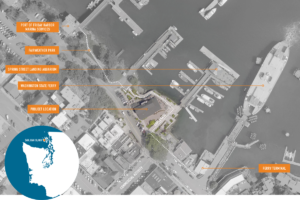 The bustling seaport town of Friday Harbor is the commercial center of the San Juan Islands archipelago. Situated at the island’s waterfront and a few short blocks from the Washington State Ferry Terminal in this pleasant, walkable community is Spring Street Landing—a hub for locals and visitors featuring tourist attractions as well as places for dining and merriment.
The bustling seaport town of Friday Harbor is the commercial center of the San Juan Islands archipelago. Situated at the island’s waterfront and a few short blocks from the Washington State Ferry Terminal in this pleasant, walkable community is Spring Street Landing—a hub for locals and visitors featuring tourist attractions as well as places for dining and merriment.
The original building burned down in a fire in 2013, displacing some of the island’s waterfront/tourism businesses, including the beloved locally owned restaurant, Downriggers. The Port immediately initiated a process to rebuild and expand the capacity of the site to support economic activity and to better implement connectivity along the shore’s edge. The placemaking work begins here as we consider the variety of ways the design and rebuilding of this project on the Salish Sea will bolster the city, respect the environment, and celebrate its waterfront location leading to the ultimate goal of generating a relationship between people and place.
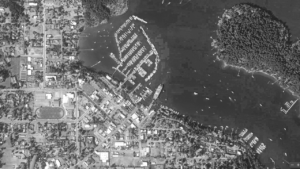 Bolstering the City
Bolstering the City
The quality of public spaces informs our impression of a city. They have the power to facilitate interaction and make people feel safe. Although shops and restaurants aren’t necessarily public spaces, they have similar impacts. The combination of these types of spaces at Spring Street Landing creates vitality, attracts people, and allows easy access to local commerce stimulating the economy.
The new building is sited on the same location as the old one, but with a larger footprint to include more rentable retail spaces. The warm, inviting design of Downriggers maximized the available water views in the indoor/outdoor dining areas. Other site-appropriate businesses such as whale watching tours and yacht, boat, and kayak rentals are easily accessible at street level. Several cafes, a plaza, and a promenade complement these opportunities for outdoor activities and create an inviting ambiance where people can stop to dine alfresco or relax and admire the waterfront views.
Respecting the Environment
Outdoor spaces attract people to healthier activities and enhance well-being. The plaza and promenade at Spring Street Landing encourage pedestrians and bicycles, and the waterfront views invites people to slow down and stay for a while. These outdoor spaces are further enhanced with trees, plants, and flowerbeds not only for their aesthetic appeal, but also necessary for urban drainage and maintenance of biodiversity. In addition, an environmental cleanup of the site took place prior to construction, enabling a restoration of the deteriorated seawall.
Other sustainable design features include access to transit, on-site bicycle and shower facilities for tenants, low-flow plumbing fixtures, generous daylighting of interior spaces, and low-impact building materials.
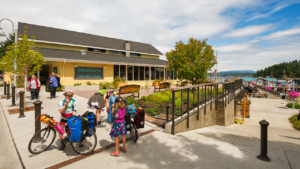 Celebrating the Waterfront Location
Celebrating the Waterfront Location
Considering the social dynamics and cultural specificities of the area is essential to placemaking. Spring Street Landing is a destination for people looking for views, outdoor activities, and restaurants but its location also allows for spontaneous interaction. The project is on the fringe of Friday Harbor’s bustling downtown as well as near other waterfront venues such as the busy ferry terminal, Spring Street Landing Aquarium, and Fairweather Park. It’s open design welcomes all and unobtrusively integrates into the surrounding architecture.
The Proof is in the Participation
Since completion, Spring Street Landing has proved itself to be a vital hub in Friday Harbor. We hope you’ll take some time to visit this project and see placemaking in action.
